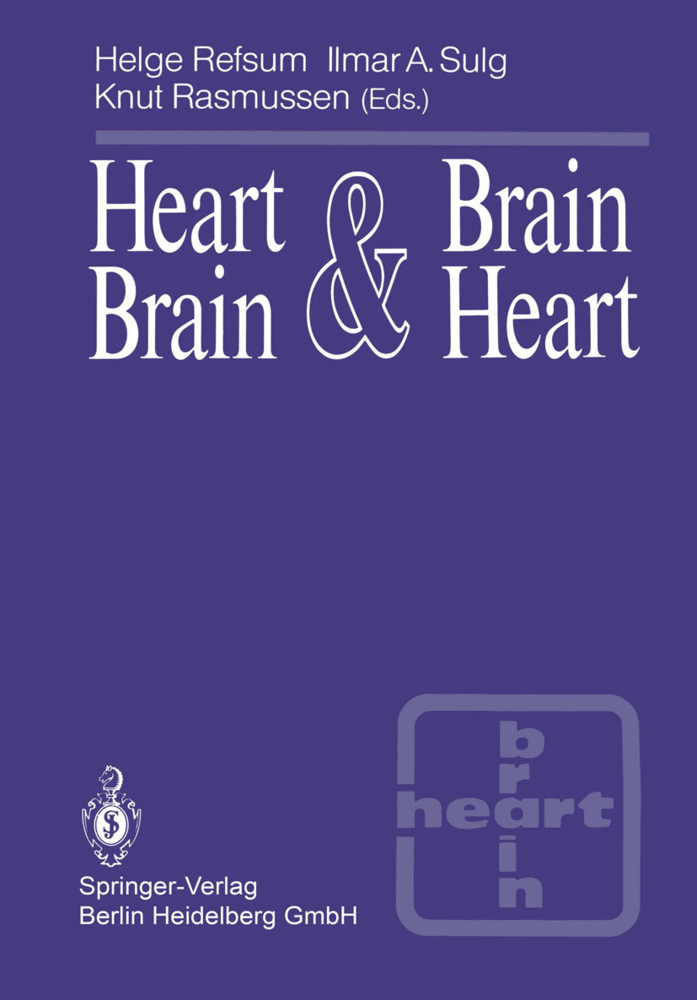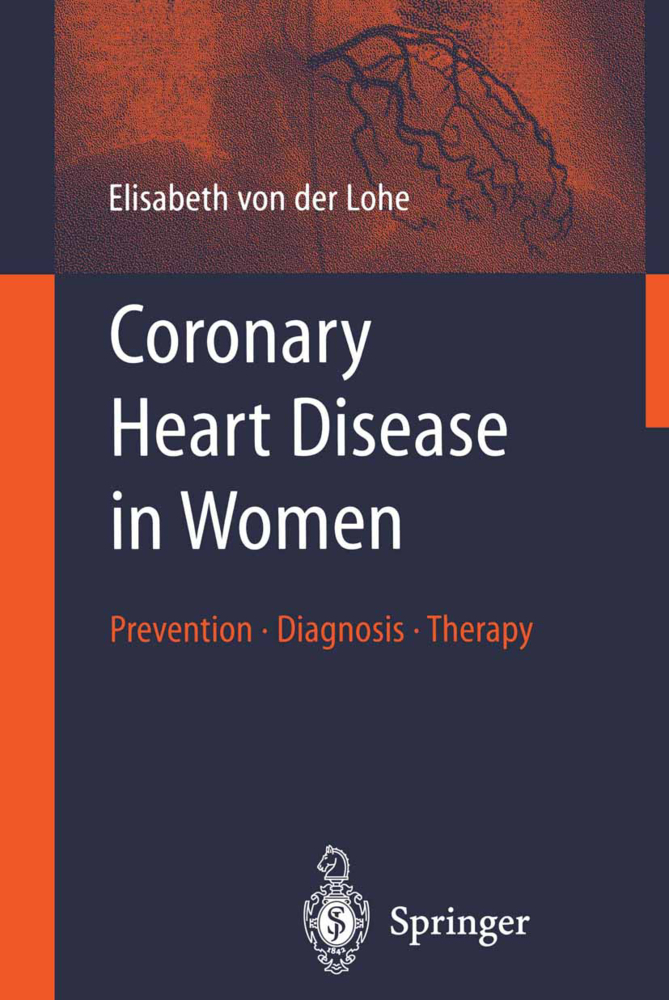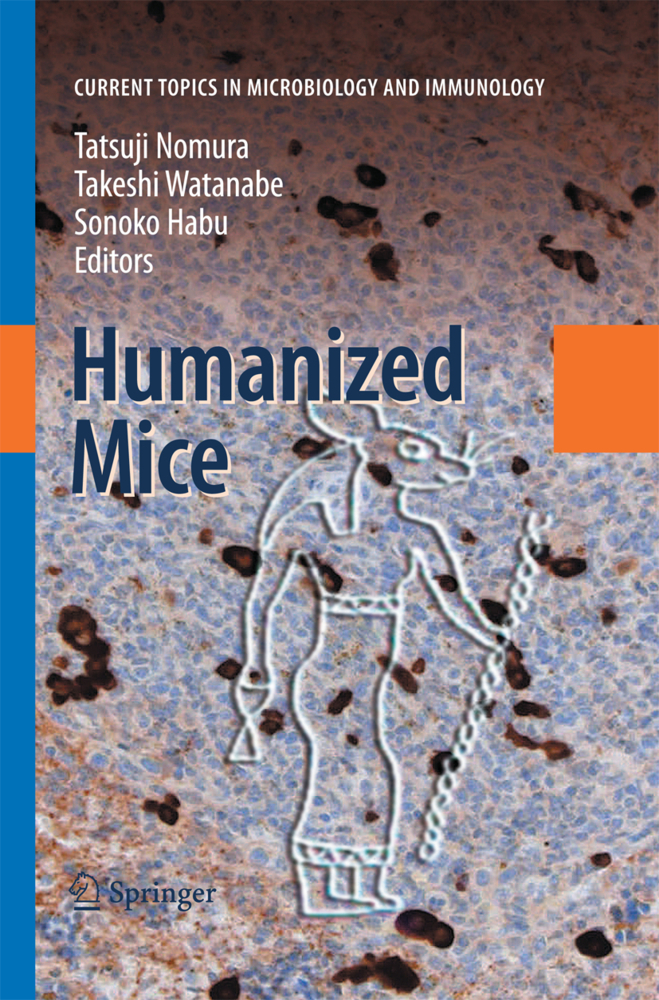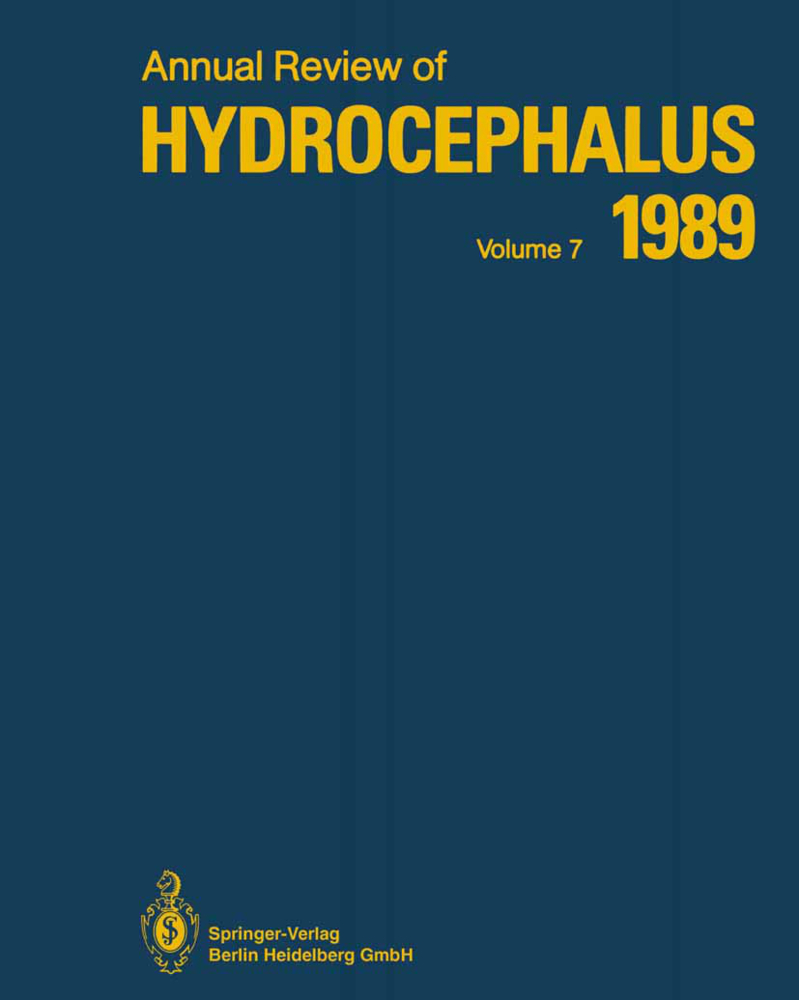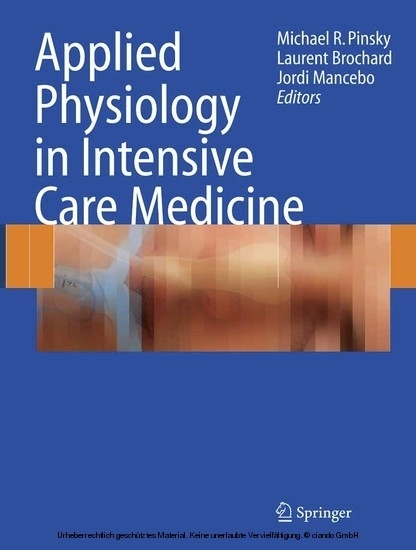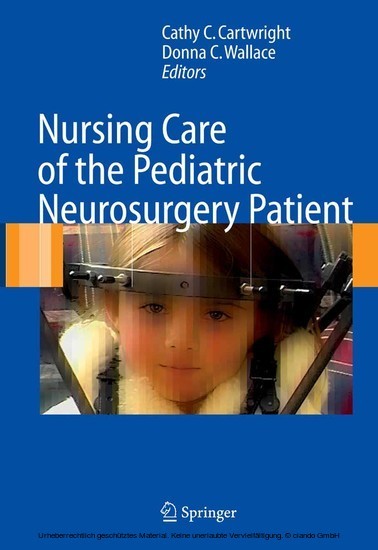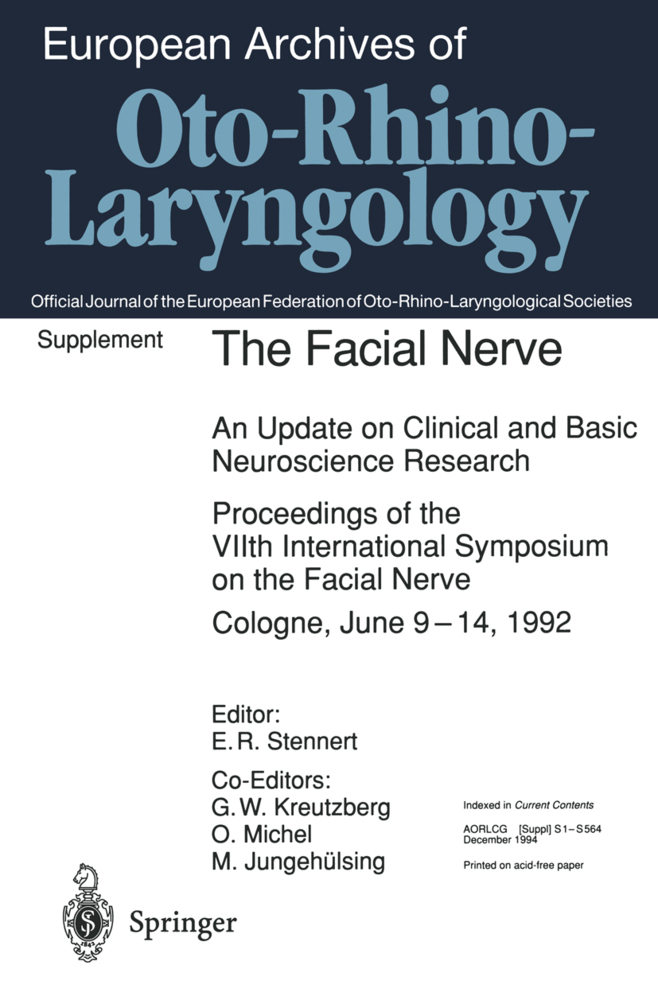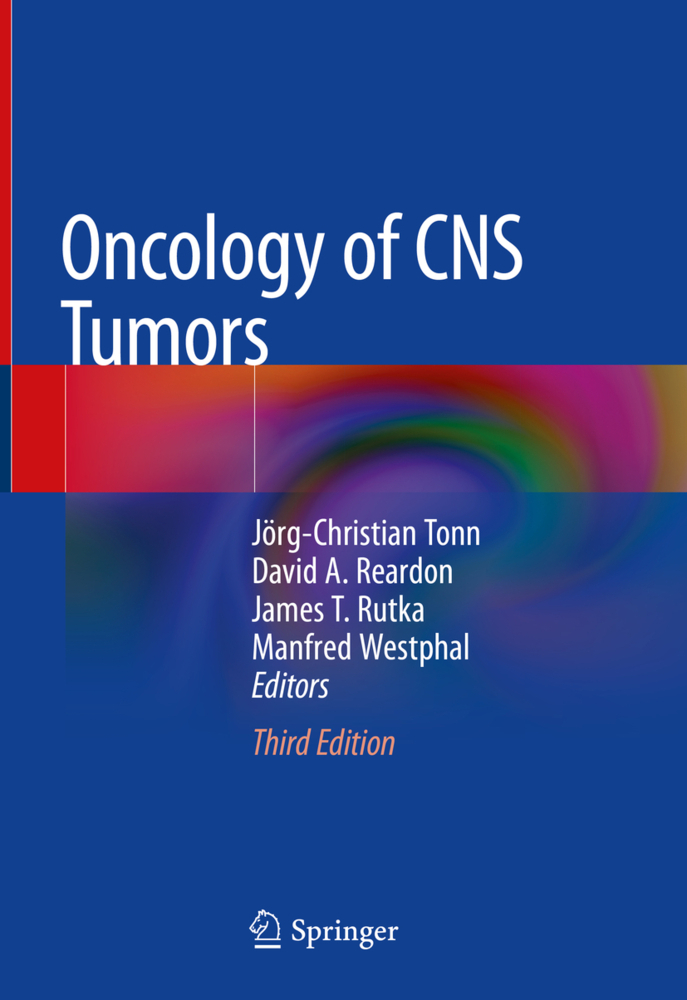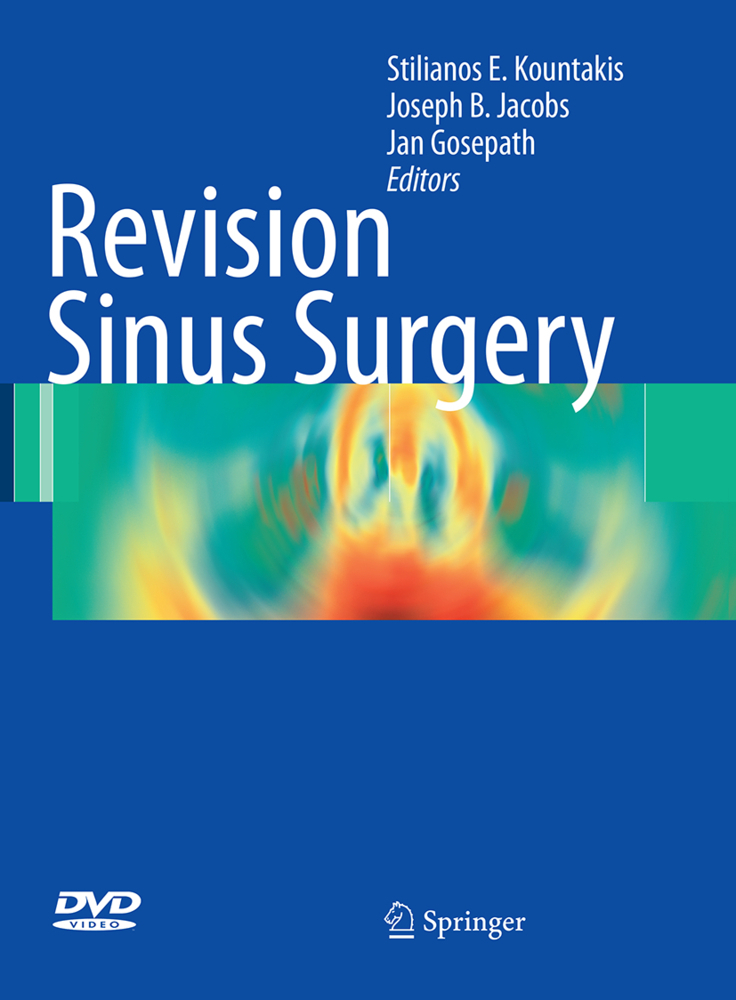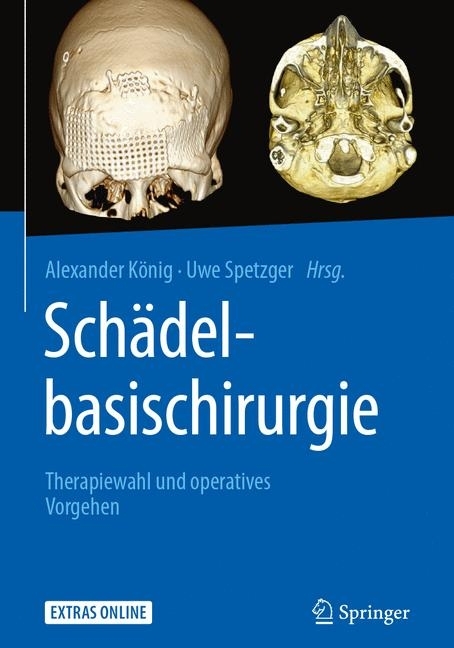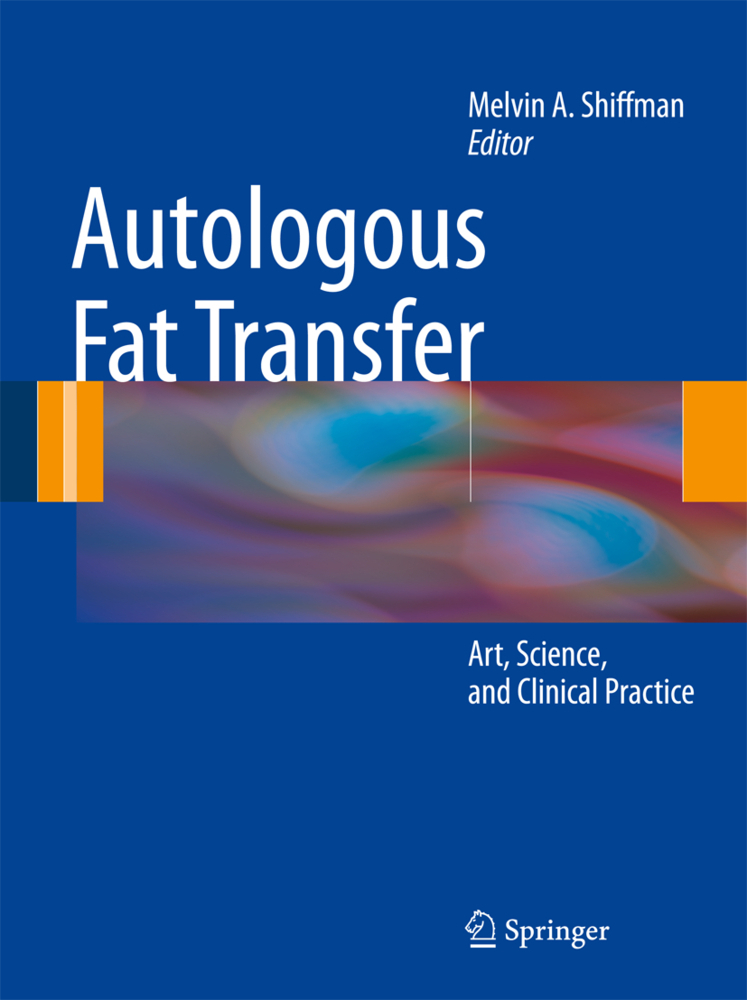Heart & Brain, Brain & Heart
Heart & Brain, Brain & Heart
The aim of this book is to focus on the important relationships between the heart and the brain in health and disease. The brain and nervous system may cause or influence heart disease, e. g. , by causing arrhythmias or modi fying the response to ischemia. Disorders of the heart and circulation may cause brain damage, e. g. , by releasing emboli resulting in cerebral infarc tion. Furthermore, both the brain and the heart are frequently targets of the same disease process. The heart and brain have electrophysiologically active cells, which may respond in similar ways to diseases and various interventions. Finally, many drugs affect both the brain and the heart, and drugs used for heart diseases usually have side effects on the brain and vice versa. With today's increasing subspecialization in medicine, we feel the time has come to present a book that integrates basic and clinical aspects of cardiology, neurology, cardiovascular surgery, and neurosurgery. We hope this cross fertilization will broaden horizons and advance both understand ing and practice. This book is based on a symposium held at the University of TromS!/l, Norway, 24-27 June 1987, organized by Ilmar A. Sulg, Knut Rasmussen, Svein Ivar Mellgren, Dag S!/lrlie, and Helge Refsum of the Departments of Clinical Neurophysiology, Medicine, Neurology, Surgery, and Physiology, respectively. Weare grateful to the distinguished group of contributors for not only outlining their pioneering studies, but also describing their recent work and indicating important possibilities for the future.
3. Cardiac and Cerebral Effects of Local Anesthetics
4. Neurotoxins as Tools in Studying Cardiac Excitation-Contraction Coupling
5. Adenosine and ATP Interactions with Autonomic Neural Control of the Heart
6. Sympathetic Influences on Arrhythmogenesis in the Ischemic Heart
7. Sympathetic Nervous System and Malignant Arrhythmias: Evidence for Further Links
8. Modulation of Cardiac Arrhythmias by the Autonomic Nervous System
9. Supraventricular Tachycardia and the Autonomic Nervous System
10. Heart Rate Changes and ECG Rhythm Disturbances in the Cluster Headache Syndrome
11. Blood Pressure Assessment in a Broad Chronobiologic Perspective
12. Mechanisms of Syncope and of Sudden Death Due to Ventricular Tachyarrhythmias
13. Possible Role of the Fear Paralysis Reflex in Sudden Cardiac Death
14. Some Clinical Neurological Aspects of Syncope
15. Differential Diagnosis in Syncope and Epilepsy: Clinical Neurophysiological and Cardiological Aspects
16. Thromboembolic Complications in Atrial Fibrillation
17. Echocardiography and Embolic Sources in the Heart
18. 31P Nuclear Magnetic Resonance Spectroscopy of Cerebral and Cardiac Ischemia
19. Oxygen Radicals in Heart and Brain Tissue Injury
20. Prevention of Ischemic Brain Damage Following Cardiac Arrest
21. Influence of Sleep, Activity and Circadian Rhythm on Heart Rate, QT Interval and Cardiac Arrhythmias
22. Pulmonary Hemodynamics in Obstructive Sleep Apnea Syndromes
23. Sleep Apnea Syndrome as an Occupational Disease
24. Concomitant Manifestations of Disease in the Cardiovascular and Nervous System: An Overview
25. Cardiac Involvement in Kearns-Sayre Syndrome
26. Some Neurological and Hereditary Aspects of Progressive External Ophthalmoplegia and Mitochondrial Encephalomyopathy
27. Neurological and Cardiological Findings in Systemic Lupus Erythematosus
28. High Altitude Physiology and Pathophysiology: Medical Observations During the Norwegian Mount Everest Expedition
29. Heart and Brain Under Hyperbaric Conditions in Man
30. Effects of Positive End-Expiratory Pressure Ventilation on Intracranial Pressure and Cerebral Blood Flow
31. Positive End-Expiratory Pressure and Cardiac Function: The Role of Extraventricular Constraint
32. Neuromonitoring in High Risk Surgery: Physiological Tolerance Limits for Central Nervous System
33. Monitoring Brain Function During Cardiovascular Surgery: Hypoperfusion vs Microembolism as the Major Cause of Neurological Damage During Cardiopulmonary Bypass
34. ' Cerebral Blood Flow During Cardiopulmonary Bypass
35. Cerebral Hemodynamics During Nonpulsatile Cardiopulmonary Bypass
36. Cerebral Outcome After Open Heart Surgery: A Long-term Multidimensional Follow-up of Valvular Replacement Patients
37. Cerebral Protection During Open Heart Surgery: Clinical, Psychometric, Enzymological, and Radiological Data.
1. Spasm of Cerebral and Coronary Vessels: Effects of Calcium Antagonists
2. Opioid Peptides and the Cardiovascular System with Especial Reference to Low Perfusion States3. Cardiac and Cerebral Effects of Local Anesthetics
4. Neurotoxins as Tools in Studying Cardiac Excitation-Contraction Coupling
5. Adenosine and ATP Interactions with Autonomic Neural Control of the Heart
6. Sympathetic Influences on Arrhythmogenesis in the Ischemic Heart
7. Sympathetic Nervous System and Malignant Arrhythmias: Evidence for Further Links
8. Modulation of Cardiac Arrhythmias by the Autonomic Nervous System
9. Supraventricular Tachycardia and the Autonomic Nervous System
10. Heart Rate Changes and ECG Rhythm Disturbances in the Cluster Headache Syndrome
11. Blood Pressure Assessment in a Broad Chronobiologic Perspective
12. Mechanisms of Syncope and of Sudden Death Due to Ventricular Tachyarrhythmias
13. Possible Role of the Fear Paralysis Reflex in Sudden Cardiac Death
14. Some Clinical Neurological Aspects of Syncope
15. Differential Diagnosis in Syncope and Epilepsy: Clinical Neurophysiological and Cardiological Aspects
16. Thromboembolic Complications in Atrial Fibrillation
17. Echocardiography and Embolic Sources in the Heart
18. 31P Nuclear Magnetic Resonance Spectroscopy of Cerebral and Cardiac Ischemia
19. Oxygen Radicals in Heart and Brain Tissue Injury
20. Prevention of Ischemic Brain Damage Following Cardiac Arrest
21. Influence of Sleep, Activity and Circadian Rhythm on Heart Rate, QT Interval and Cardiac Arrhythmias
22. Pulmonary Hemodynamics in Obstructive Sleep Apnea Syndromes
23. Sleep Apnea Syndrome as an Occupational Disease
24. Concomitant Manifestations of Disease in the Cardiovascular and Nervous System: An Overview
25. Cardiac Involvement in Kearns-Sayre Syndrome
26. Some Neurological and Hereditary Aspects of Progressive External Ophthalmoplegia and Mitochondrial Encephalomyopathy
27. Neurological and Cardiological Findings in Systemic Lupus Erythematosus
28. High Altitude Physiology and Pathophysiology: Medical Observations During the Norwegian Mount Everest Expedition
29. Heart and Brain Under Hyperbaric Conditions in Man
30. Effects of Positive End-Expiratory Pressure Ventilation on Intracranial Pressure and Cerebral Blood Flow
31. Positive End-Expiratory Pressure and Cardiac Function: The Role of Extraventricular Constraint
32. Neuromonitoring in High Risk Surgery: Physiological Tolerance Limits for Central Nervous System
33. Monitoring Brain Function During Cardiovascular Surgery: Hypoperfusion vs Microembolism as the Major Cause of Neurological Damage During Cardiopulmonary Bypass
34. ' Cerebral Blood Flow During Cardiopulmonary Bypass
35. Cerebral Hemodynamics During Nonpulsatile Cardiopulmonary Bypass
36. Cerebral Outcome After Open Heart Surgery: A Long-term Multidimensional Follow-up of Valvular Replacement Patients
37. Cerebral Protection During Open Heart Surgery: Clinical, Psychometric, Enzymological, and Radiological Data.
Refsum, Helge
Sulg, Ilmar A.
Rasmussen, Knut
| ISBN | 9783642834585 |
|---|---|
| Artikelnummer | 9783642834585 |
| Medientyp | Buch |
| Auflage | Softcover reprint of the original 1st ed. 1989 |
| Copyrightjahr | 2013 |
| Verlag | Springer, Berlin |
| Umfang | 470 Seiten |
| Abbildungen | XVI, 470 p. 111 illus., 12 illus. in color. |
| Sprache | Englisch |

